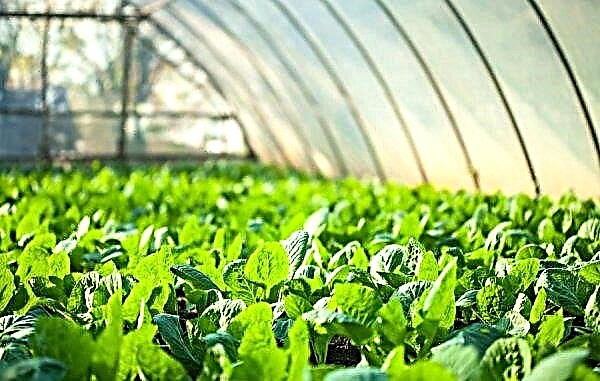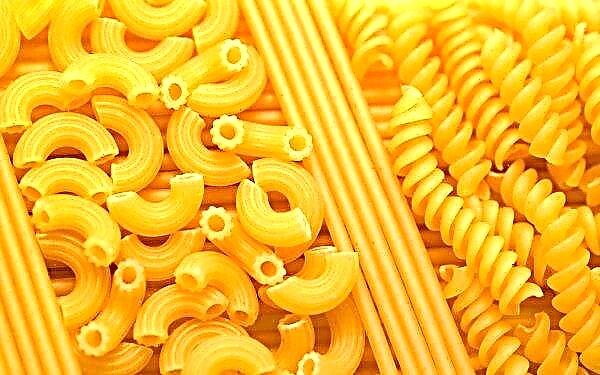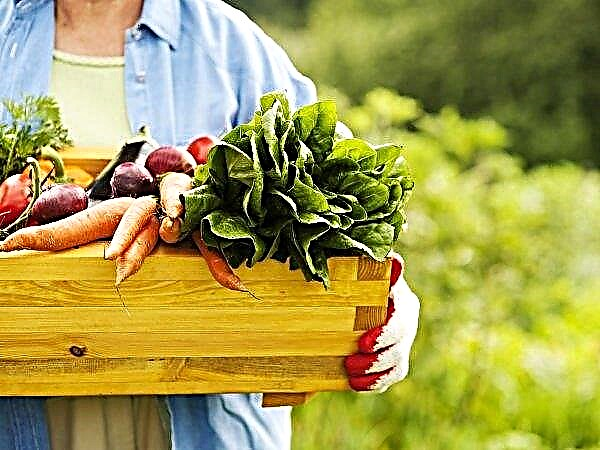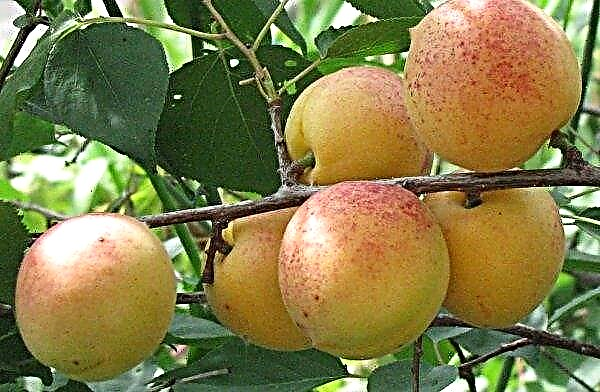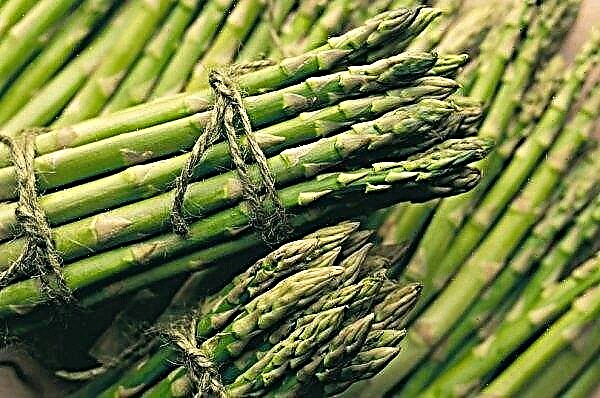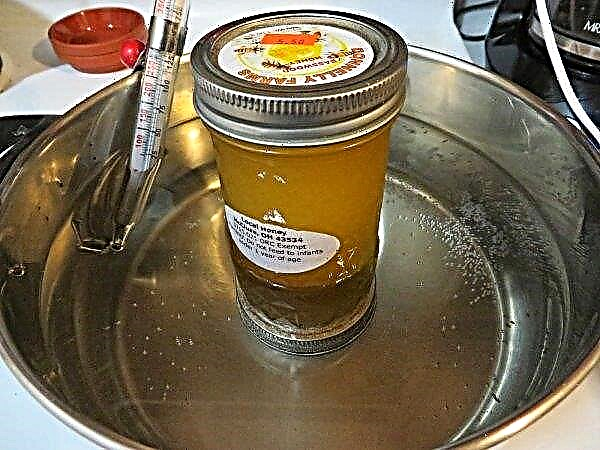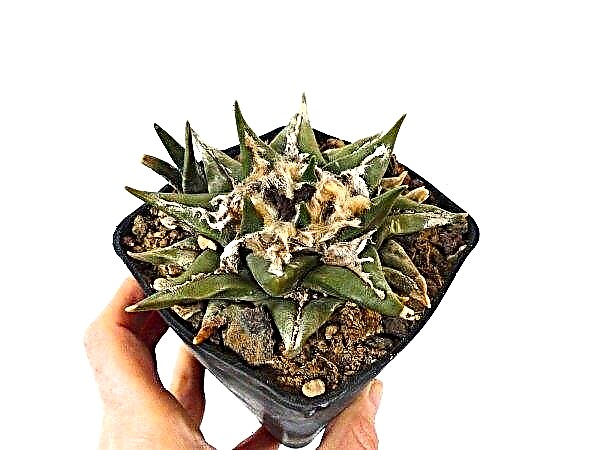Prune jam is very popular due to its high gastronomic qualities, health benefits and sufficient simplicity of manufacture. There are many recipes for this sweet product. Some of them will be discussed later in the article.
Ingredient preparation
Usually for the manufacture of prunes, that is, dried plums, the plum variety Vengerka is used, which after the drying process preserves both the density of the fruit and its juiciness. Prunes are used for jam with pits inside and without pits.

In any case, the dried fruit is washed thoroughly before the cooking process and poured with boiling water for half an hour. After the dried fruits swell, they are taken out of the water and, if desired, the bones are removed. In addition to the main product, prunes, sugar, water and some spices are required to make jam from it, which must correspond to the amount of prunes and prescription requirements.
Important! Since prunes, which are dried plums, are 6 times sweeter than fresh fruits, less sugar is needed in the process of making jam than when cooking it from fresh plums.
Prune jam recipes for the winter
Dried plum jam can be prepared from the minimum amount of ingredients, consisting of prunes and sugar, and can be enriched with additives that give the product additional notes of taste and aroma.
Classic seedless recipe

1 l3 hours 20 minutes
pitted prunes
900 g
Nutritional value per 100 g:
- Washed dried fruit is poured with hot water and left for half an hour to swell.
- They take out the swollen fruits and grind them with a knife or through a meat grinder.
- Put in a pan.
- Add lemon juice and a little water in which the fruit is soaked in the crushed product.
- On low heat with constant stirring, bring the product to a boil.
- Cook over low heat for 20 minutes. Add sugar. Cook for another 40 minutes.
- Pour the finished jam into a liter sterilized jar and roll it with a sterile lid.
Video recipe
Did you know? As the main trump card in the activities of the American Association for the Promotion of Prunes are the antibacterial properties of the product, so that it has become widely in demand in the food industry until its placement in hamburgers.
With nuts and cognac

1 L3 hours 40 minutes
pitted prunes
1000 g
Nutritional value per 100 g:
- Well-washed prunes are placed for 30 minutes. in boiling water.
- Swollen fruits are crushed.
- Walnut kernels are chopped with a knife and for 60 minutes. placed in warm water.
- A small amount of water is added to the chopped fruit, in which the dried fruit swells.
- Bring to a boil over low heat and boil on the same fire for another 20 minutes.
- Then sugar and walnut kernels are added to the pan with boiled fruit.
- Boil over low heat and with constant stirring for another 30 minutes.
- Then cognac is poured into the resulting jam and poured into the prepared liter sterile jar.
- Roll it up with a sterile lid.

Did you know? A full-fledged prune is obtained only when it is made from ripened and independently fallen to the ground fruits, which are dried in the sun, and not in factory ovens, and contain a bone. If the surface of the product is not dark to black, but a coffee shade, then this is a factory fake treated with boiling water.
With walnuts

1 l3 hours 50 minutes
prunes, seedless
1 kg
walnut kernels
125 g
Nutritional value per 100 g:
- Washed dried fruits are immersed in boiling water for half an hour.
- Swollen fruits are crushed using a knife or a meat grinder.
- Walnut venom is lightly fried in a pan.
- In the chopped plums placed in the pan, add a little water in which they swell.
- Bring the mixture to a boil over low heat and continue to cook it for 20 minutes.
- Then granulated sugar and walnut kernels are poured into the pan.
- Boil over low heat, stirring constantly, for another half hour.
- The finished product is placed in a sterile treated liter jar.
- Roll it with a lid treated with boiling water or steam.

Storage Features
The jam intended for the winter is poured into sterilized glass jars and sealed with sterile-treated lids. In this form, placed in a cool place, for example, in a refrigerator, jam can persist until spring.
Important! Since not a lot of water is used in making dried plum jam, it is best to cook it in a pan with a thick bottom to avoid burning the product.
Easy enough to prepare from an affordable product - prune jam is deservedly very popular. Its low cost is combined with great benefits for human health and high gastronomic conditions.

